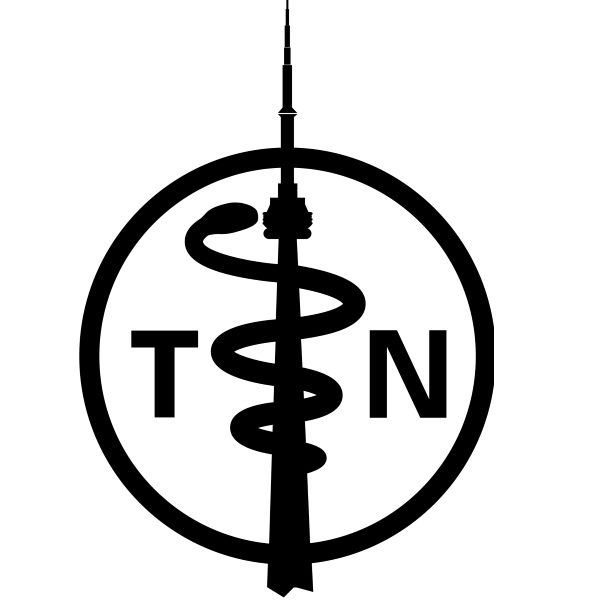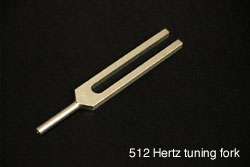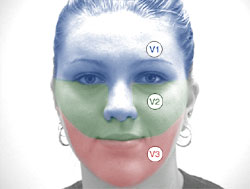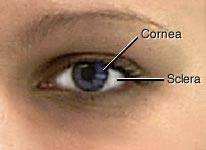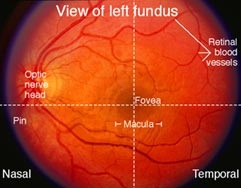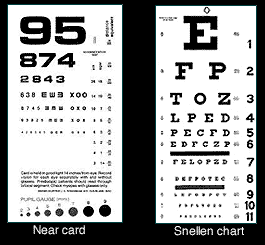Accessory Nerve
Nerve Function: Controls trapezius and sternocleidomastoid (SCM) muscles.
Inspection: Inspect the shoulders for asymmetry and atrophy
Trapezius Power: Ask the patient to shrug their shoulders against resistance
SCM Power: Ask the patient to turn their head to either side against resistance. Observe and palpate the SCM muscles.
